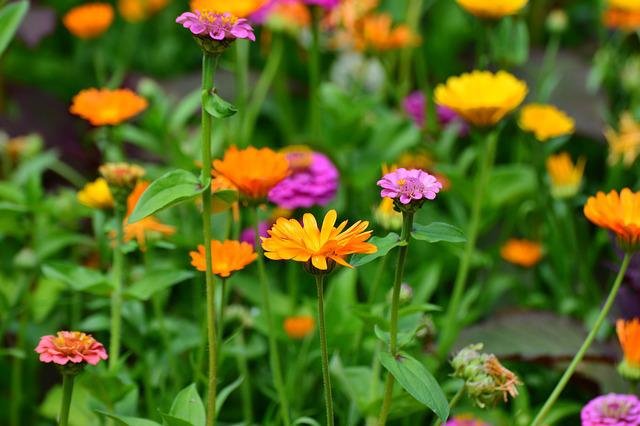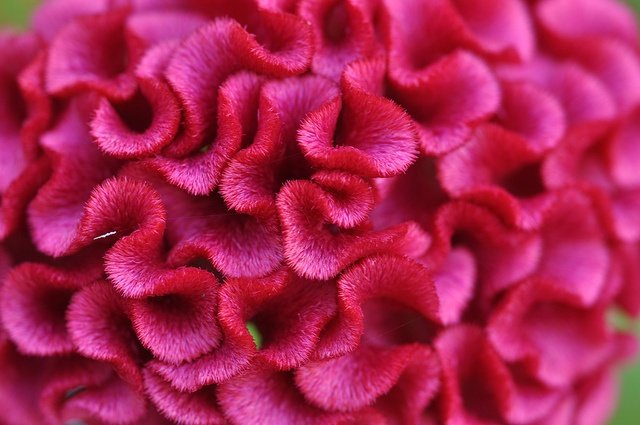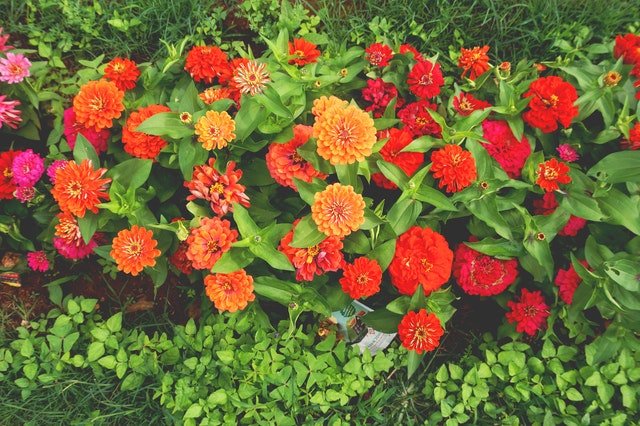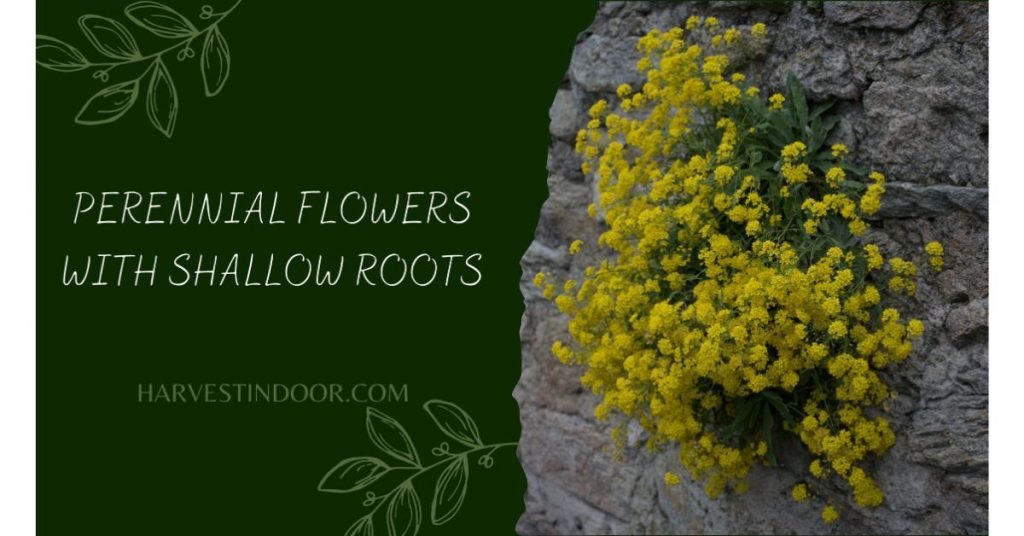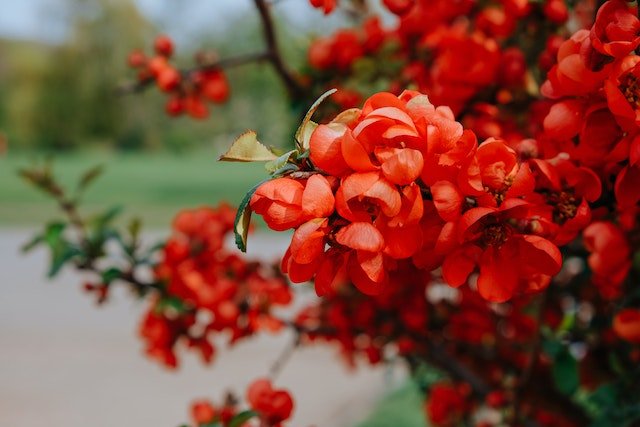Small blue flowers with yellow centers are visually stunning and can add a burst of color to any garden. Finding the smaller size blue flowers with a yellow center can be a bit tricky, but they are out there.
Table of Contents
How can plants produce blue flowers?
There are many plants that can produce blue flowers. This is due to the presence of anthocyanins, which are water-soluble pigments. These pigments are found in the cell sap and are responsible for the blue, purple, and red colors of many flowers.
While anthocyanins are not always present in plants that produce blue flowers, they often play a role in this coloration. In some cases, the soil can also influence flower color. For instance, soils that are high in aluminum oxide can result in plants with blue flowers.
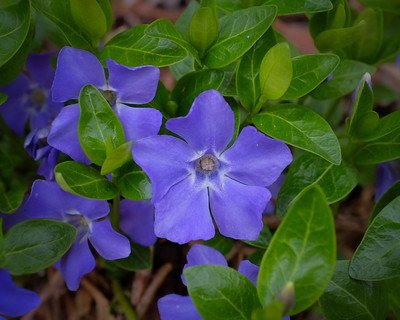
Anthocyanins are not the only pigments that can cause blue colors in flowers. There are other water-soluble pigments called betalains that can also produce this hue. However, anthocyanins are far more common in plants than betalains. Blue is actually a relatively rare color for flowers, which is why these small blue blooms with yellow centers are so eye-catching.
How to take care of small blue flowers with yellow centers?
Small blue flowers with yellow centers are a beautiful addition to any garden, but they require a bit of special care to stay healthy. Here are a few tips:
– Choose a sunny spot for planting. The flowers will need at least six hours of direct sunlight each day to thrive.
– Provide well-drained soil. The flowers will not do well in soggy or waterlogged soil. Adding some organic matter to the soil will help facilitate drainage.
– Water regularly. Keep the soil moist, but not soggy. wilting leaves are a sign that the plant is thirsty.
– Fertilize monthly. A slow-release fertilizer will provide the nutrients the flowers need to grow and bloom.
With a little bit of extra care, small blue flowers with yellow centers can add elegance and beauty to your home garden.
List of small blue flowers with yellow centers.
Here are some flowers and wildflowers with blue flowers and yellow centers:
List of small blue flowers with yellow centers:
1. Borage (Borago officinalis)
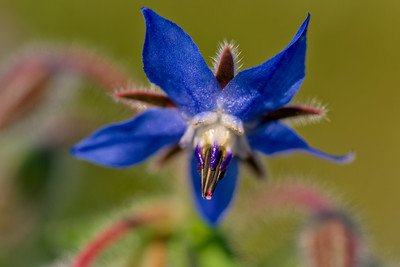
The flower characteristic of Borage (Borago officinalis) is its small size and blue color with a yellow center. This plant usually flowers in the summer, however, it is not a wildflower. Instead, this plant is typically found in gardens where it is grown for its colorful blossoms. These small flowers add a touch of color to any garden, and they are also edible. The petals can be used to garnish salads or desserts, or they can be added to soups or stews for flavor.
2. forget-me-nots (Myosotis sylvatica)

Forget-me-nots (Myosotis sylvatica) are small blue flowers with yellow centers. They are one of the smallest flowers in the world, measuring just 0.5 inches in diameter. The flowers usually appear in early spring and can be found in woods and meadows across Europe and North America. Although the forget-me-not is often considered a wildflower, it has also been cultivated for centuries and is now a popular garden plant.
3. Blue-eyed grasses (Sisyrinchium angustifolium)

The small blue flower of the Blue-eyed grass (Sisyrinchium angustifolium) has a yellow center and blooms in the spring. This plant is not a true grass, but a wildflower. The flowers are about 1/2 inch across and have 6 petals. They grow in clusters on stems that are 6-12 inches tall. The plants typically bloom from April to June. Blue-eyed grasses are native to North America and can be found in open fields, woods, and along roadsides.
4. Violets (Viola sororia)
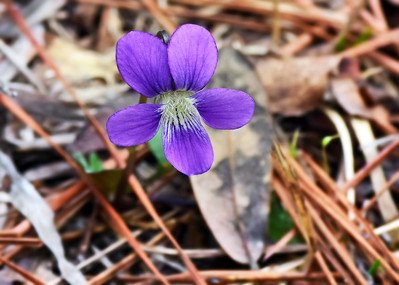
The small blue flower of the Viola sororia, also known as the common blue violet, has a yellow center. This tiny blue flower with a colorful center is found in woodlands, meadows, and even on roadside banks throughout eastern North America. The Viola sororia usually flowers in the springtime, but it can also be found in the summer and fall. This plant is a wildflower that is sometimes considered to be a weed.
5. Periwinkles (Vinca minor)
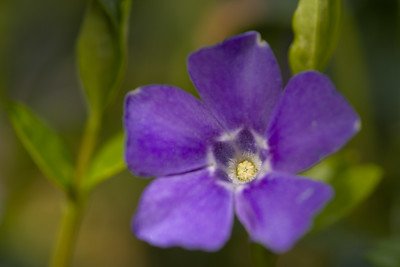
The small blue flowers of Periwinkles (Vinca minor) are a welcome sight in early spring. With their yellow centers, they are among the first flowers to bloom and add a splash of color to the landscape. Periwinkles are not true wildflowers, but they have been widely planted in gardens for centuries.
Today, they are often used as a ground cover or as an accent plant in beds and borders. Despite their delicate appearance, Periwinkles are tough plants that are relatively easy to care for. They will thrive in partial shade and can even tolerate periods of drought. If you’re looking for a plant that will add beauty and interest to your garden, consider Periwinkles.
List of wildflowers with small blue flowers and yellow centers:
1. Colorado columbine (Aquilegia caerulea)

The small blue flower of the Colorado columbine (Aquilegia caerulea) is perhaps one of the most beautiful and distinctive features of this plant. The yellow center of the flower is actually made up of a small cluster of tiny blue flowers, each with a colorful center. This plant usually flowers in early to mid-summer and is a popular wildflower in many parts of the country. However, it is important to note that this plant is not native to Colorado, and was actually introduced to the state in the late 19th century. Nevertheless, it has become an important part of the state’s flora and is cherished by many residents.
2. Miniature woolly star (Eriastrum diffusum)

The Miniature woolly star (Eriastrum diffusum) is a small blue flower with a yellow center. These flowers are typically found in the spring and summer months, and they are native to California. This plant is a wildflower, and it is often used in landscaping and gardens. The flowers of this plant are very small, and they have a colorful center. The Miniature woolly star is a beautiful plant that is easy to care for.
3. Desert woolly star (Eriastrum eremicum)
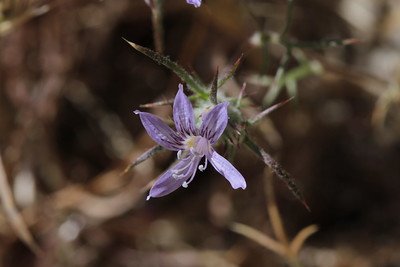
The small blue flower of the Desert woolly star (Eriastrum eremicum) is easily recognizable by its yellow center. This wildflower typically blooms in early summer, although it can occasionally be seen as early as late spring. The Desert woolly star is a small plant, and its flowers are even smaller, measuring just a few millimeters in diameter. Despite their small size, these flowers are quite colorful, with vibrant blue to purple petals and a conspicuous yellow center. Given their small size and delicate appearance, it is no surprise that the Desert woolly star is often overlooked by casual observers. However, this small wildflower is an important part of the desert ecosystem.
4. Blue flax (Linum lewisii)

The blue flax flower is a small, beautiful flower with a blue petal and a white-yellow center. This flower typically blooms in the spring and is a wildflower. The plant is native to North America and grows in the western United States. The blue flax flower is a small, delicate flower that is often used in bouquets and floral arrangements. The yellow center of the flower is what sets it apart from other blue flowers. This characteristic makes the blue flax flower a unique and beautiful addition to any garden.
5. Thyme-leaved speedwell (Veronica serpyllifolia)
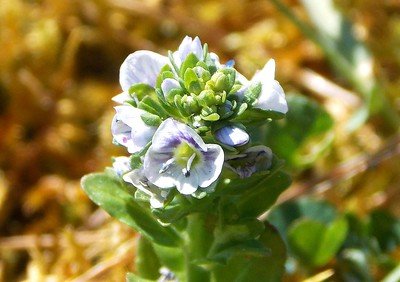
The small blue flower of the Thyme-leaved speedwell (Veronica serpyllifolia) is a wildflower that typically blooms in the spring. The flower has a green center and is about 0.5 inches in diameter. This plant is native to Europe and Asia, but has been introduced to North America and Australia. The Thyme-leaved speedwell is often used as an ornamental plant, but can also be found growing in meadows and roadsides.
List of small blue flowers with other center colors.
– Bluebells (Campanula rotundifolia)
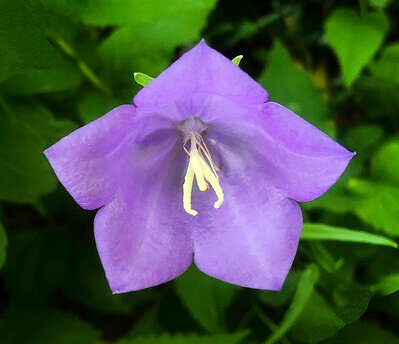
Bluebells (Campanula rotundifolia) are a wildflower found in woodlands across Europe. The flowers are distinctive in appearance, with a bell-shaped bloom and blue petals. The center of the flower is usually a paler blue, or sometimes white. Bluebells typically flower in late spring, from April to May. The plant gets its common name from the blue color of the flowers, although they can also be found in shades of pink or purple. Bluebells are a relatively low-growing plant, reaching heights of around 30 cm. They are often found in large colonies, as the plant sends out rhizomes that produce new plants. As a result, a single clump of bluebells can soon spread to cover a large area.
– Cornflowers (Centaurea cyanus)
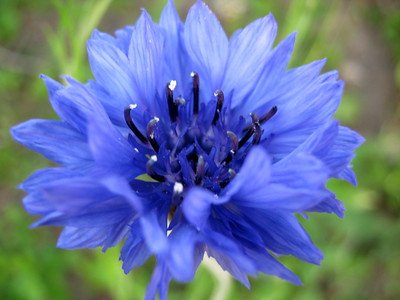
The cornflower (Centaurea cyanus) is a striking annual flower that is native to Europe. It has a deep blue bloom with a distinctive black center. The flowers are typically 1-2 inches in diameter and appear in mid to late summer. Cornflowers are considered a wildflower, and they are often seen growing in fields and meadows. The center flower of the cornflower is actually a different color from the petals. The center is usually black, while the petals can range from blue to purple. This difference in color is what gives the cornflower its unique appearance.
– Irises (Iris setosa)
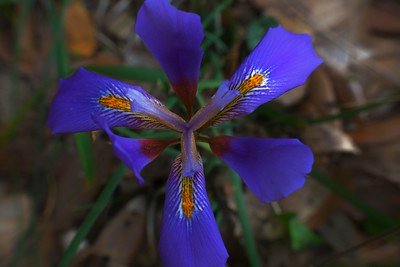
The flowers of Iris setosa are purple in color and have six petals. The center flower is yellow and larger than the outer petals. This plant typically flowers in early summer. Iris setosa is a wildflower that is native to North America. The plant grows to be about two feet tall and has long, slender leaves. The flowers are typically about an inch in diameter. The center flower is usually a different color from the outer petals, and the plant usually flowers in early summer.
These small blue flowers with yellow centers are perfect for adding a touch of color to any garden.
While blue is not the most common color for flowers, there are still many beautiful small blue flowers with yellow centers to choose from. If you are looking for a way to add a burst of color to your garden, consider planting some small blue flowers with yellow centers. With so many different varieties available, you are sure to find the perfect flower for your needs.

Gardening is my passion and growing plants indoors has always been a stress relief for me. Grow a banana tree in my apartment once (although failed to produce bananas).


